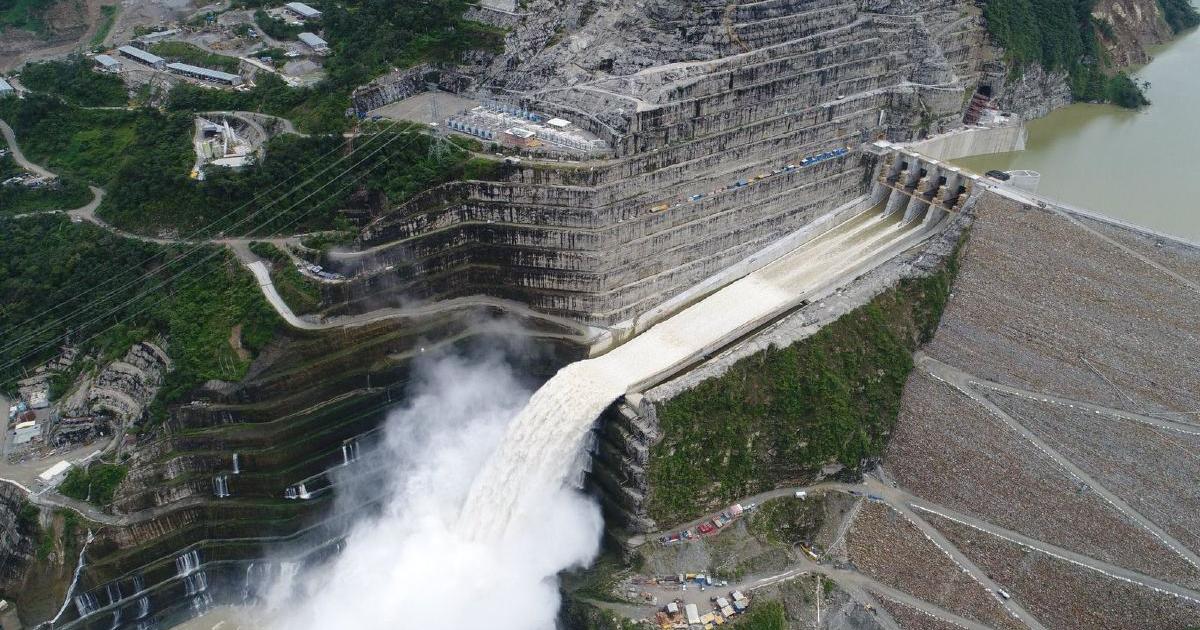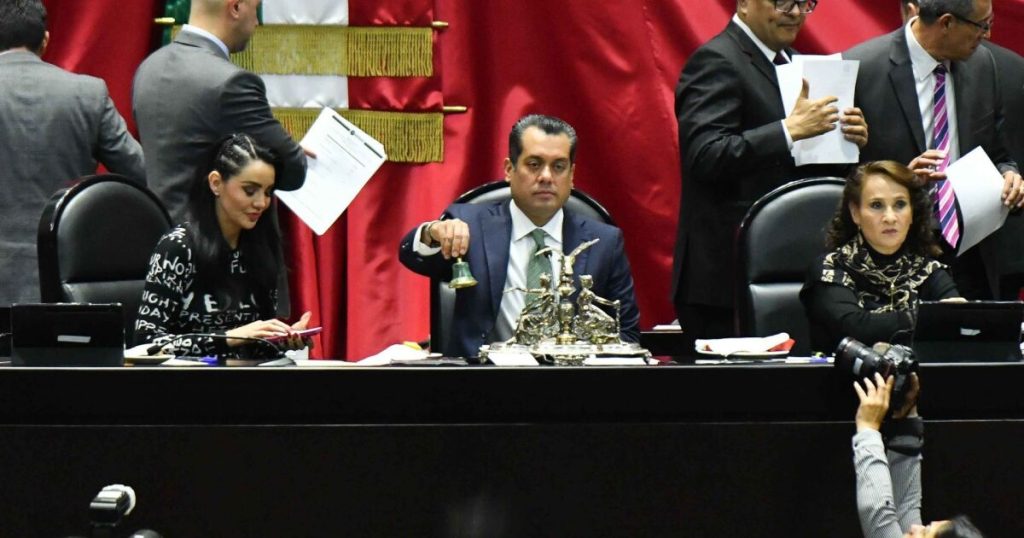In this way the court ruled regarding the emergency in one of the diversion galleries.
The International Court of Arbitration revealed that the Ituango Consortium, made up of the companies Camargo Correa, Conconcreto and Coninsa, was not responsible for the collapse of one of the diversion galleries, recorded in the year 2018 in the Hidroituango megaproject.
“This arbitration process was initiated by the CCC Ituango Consortium in January 2021 with the purpose of clarifying the contractual differences related to the obligations in the execution of the works of the auxiliary diversion gallery of the Ituango Hydroelectric Project”the consortium said in a statement.
You may be interested in: More than 400 victims were compensated by the Victims Unit in Medellín
In this way, the partner highlighted the decision that, according to them, is based on technical and legal rigor.
“We want to highlight the technical and legal rigor with which this process was carried out, which included the participation of recognized experts in the field of engineering. This decision reaffirms the full performance of the CCC Ituango Consortium that, throughout the years of execution of the work, contributed all its technical, human, social and environmental experience to ensure the successful completion of the first phase of this megaproject, which today guarantees the energy reliability of the country,” added the Ituango Consortium.
According to the consortium, the 2018 emergency generated significant challenges for the project.
“This contingency, beyond the control of the Consortium, presented unprecedented challenges in engineering and thanks to the management capabilities of the Consortium, Today EPM operates the largest hydroelectric plant in the country,” the entity highlighted.
You may be interested in: Minor suffered amputation of one of his hands for manipulating a flyer in Antioquia
Other news from Antioquia
In the act of accountability of the Administrative Department of Disaster Risk Management of Antioquia, the entity made important announcements regarding the risk study for mass movements carried out by the Government of Antioquia and the National University, Medellín headquarters.
Some of the advances of said study have revealed that the Aburrá Valley is the subregion of the department that presents the highest risk due to mass movement, followed by the Southwest, West and North of Antioquia.
Dagran has stated that, although this analysis is initially known, in the future and thanks to an investment of 1,034 million pesos, it will be possible to continue analyzing the physical and socioeconomic vulnerability of the territories.seeking in some way a negative impact on the communities

















